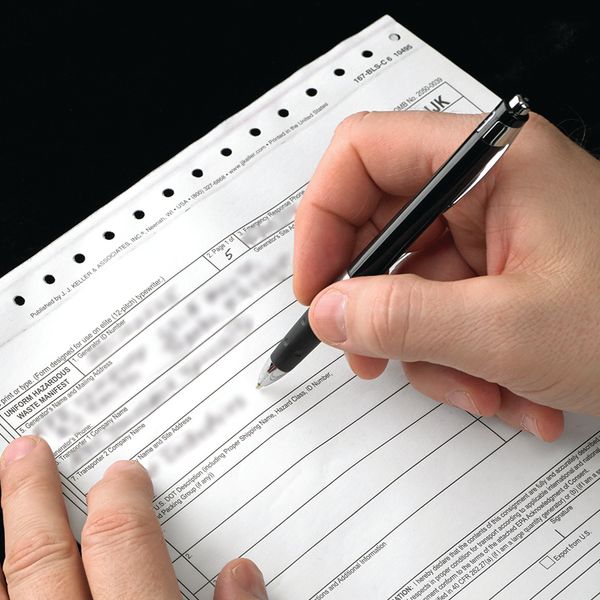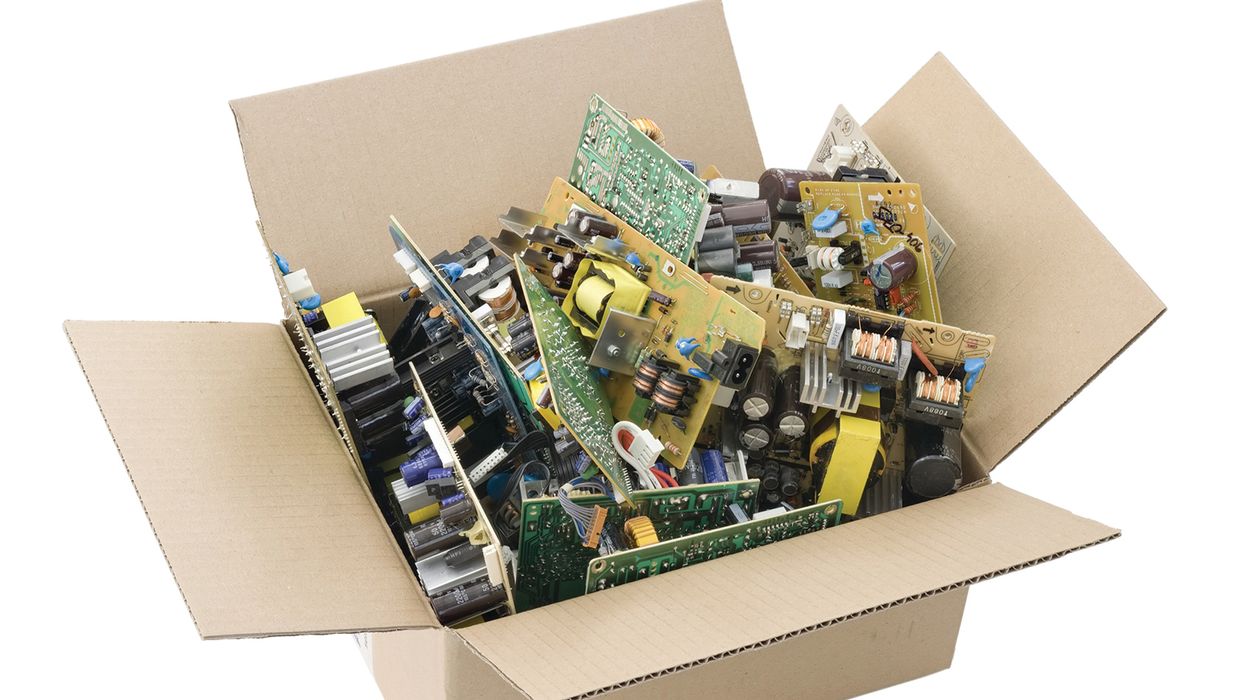What’s new in hazardous waste management?
Does your facility need a hazardous waste manifest? If so, you’ll want to learn more about the recent rule from the Environmental Protection Agency (EPA). On June 28, 2024, the agency introduced a final rule to combine export and other manifest-related reports into the e-Manifest system, EPA’s national system that tracks hazardous waste shipments electronically. This rule changes parts of the regulations under the Resource Conservation and Recovery Act (RCRA) for the paperwork that goes with hazardous waste shipments.
EPA's latest updates focus on the following three areas:
Exporting hazardous waste
Previously, there was a separate process for tracking hazardous waste shipped out of the country for treatment, storage, and disposal. The new rule integrates this process into the e-Manifest system and designates the exporter as the entity responsible for submitting the manifest and paying the requisite user fee. This means that all hazardous waste shipments, whether they're going across town or across the ocean , will be tracked in the same way. The rule also expands the required international shipment data elements on the manifest form. Further, it updates the requirements for the document that tracks the movement of hazardous waste, aiming to better connect the information on the manifest with the information on the movement document. This will help track the manifest and integrate EPA’s Waste Import Export Tracking System with RCRAInfo.
Other important reports
EPA has also streamlined the process for submitting other reports related to hazardous waste. Discrepancy Reports for a mismatch in the amount of waste, Exception Reports for a problem with the shipment, and Unmanifested Waste Reports for waste found without a proper tracking document will now be handled electronically through the e-Manifest system. The rule also requires small and large quantity generators to register for access to e-Manifest to obtain their final signed manifest copies from the system.
Technical improvements
The agency has made some behind-the-scenes changes to improve the e-Manifest system's overall performance and user-friendliness. Some of the changes relate to aligning the polychlorinated biphenyl manifest regulations under the Toxic Substances Control Act (TSCA) with the RCRA manifest regulations. Other technical corrections remove outdated requirements, fix typographical errors, provide clear definitions, and ensure better alignment with the e-Manifest program.
Why these changes matter
The changes save time and money for organizations that handle hazardous waste. All hazardous waste shipments, regardless of destination, will be managed on a single platform, simplifying the process for generators and transporters. This integration will provide better visibility and tracking of hazardous waste throughout its journey, including international shipments.
Using a unified system improves data consistency, making it easier for regulators to monitor and analyze waste management practices and to prepare for future potential integration with biennial reporting requirements.
What does this mean for you?
If you handle hazardous waste and need a hazardous waste manifest, familiarize yourself with the new rules and make any necessary adjustments to your processes. For example, organizations may need to update their software or systems to comply with the new e-Manifest requirements. Also, employees involved in hazardous waste management may require training on the new procedures and system functionalities.
Compliance dates
This rule is effective on January 22, 2025.
However, the following requirements don’t go into effect until December 1, 2025:
- Collection of hazardous waste export manifests in the e-Manifest system,
- Use of electronic manifests for hazardous waste export shipments, and
- Use of electronic Exception, Discrepancy, and Unmanifested Waste Reports.
Key to remember: EPA introduced a final rule to combine export and other manifest-related reports into the e-Manifest system and make technical corrections to improve efficiency.



















































